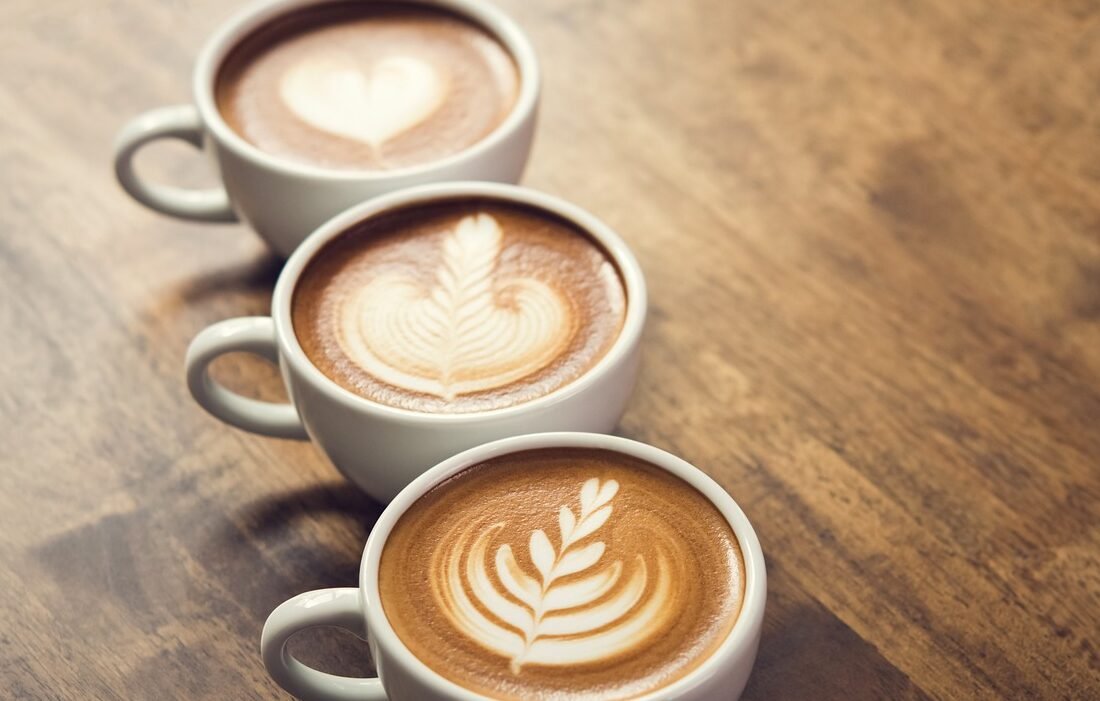The Morning Ritual That Changes Everything
You stumble into the kitchen, half-awake, craving that first, soul-soothing sip. The smell of freshly ground beans fills the air—it’s pure magic. But then comes the moment of doubt: What’s the right amount of coffee for your cup? Just a bit too little, and it’s bland.
You’re not alone. Behind every great cup is a simple science: a balance between coffee and water. Once you master it, every sip becomes a celebration.
Let’s break it down—clearly and simply. No more guesswork. Just smooth, rich, perfectly balanced coffee, every time.
Why the Coffee-to-Water Ratio Matters
Brewing Isn’t Just Art—It’s Science
Think of coffee as a symphony. The beans are your instruments. The water? Your conductor. When balanced, they play beautifully together.
A weak brew feels like something’s missing. A bitter one overwhelms. But the right ratio? It hits all the right notes.
The Golden Standard
Start here:
- Standard Ratio: 1 gram of coffee to 15 grams of water (1:15)
- Quick Hack: 2 tablespoons of coffee for every 6 ounces of water
Think of this as your starting point. From there, you can explore stronger (1:12) or lighter (1:18) options to match your personal taste.
✨ Tip: Your ideal cup starts with experimenting until it feels just right.
Measuring Coffee Grounds the Right Way
Daily Cup, Demystified
You’ve got your favorite mug and go-to beans.
Now it’s time to get the amount just right.
Use this guide to figure out how much ground coffee makes your perfect brew…
- 6 oz cup: 2 tablespoons (10–12 grams)
- 8 oz cup: 2.5–3 tablespoons (13–15 grams)
- 10 oz cup: 3–3.5 tablespoons (16–18 grams)
These proportions help balance flavor and strength for a brew that satisfies every time.
What About Coffee Scoops?
Scoops can be super handy, especially in the early morning fog.
- 1 scoop ≈ 2 tablespoons
Just remember: not all scoops are the same. It’s worth checking your scoop’s volume once so you can rely on it for future brews.
Roast Type Affects Measurements
- Light roasts: More dense → you may need more
- Dark roasts: Less dense → you might need less
Grind consistency matters too—uneven grinds mean uneven flavor.
Brewing for a Crowd? Coffee Ratios for Large Batches
Hosting brunch or brewing for your team?
- 12 cups = 24 tablespoons (~144 grams)
Stick to the same ratio, but watch your equipment—bigger batches may need slight adjustments in brew time or grind size.
🛠 Larger brews = more observation, not just multiplication.
Coffee Beans vs. Coffee Grounds
The Journey from Bean to Brew
Coffee beans are tiny powerhouses of flavor. Their origin, roast, and processing all impact what ends up in your cup.
How Many Beans Per Cup?
- 6 oz cup: Use about 10–15 grams of whole beans
Grind consistency is key:
- French press: Coarse
- Drip brew: Medium
- Espresso: Fine
Uniform grinds = consistent extraction = better flavor
Quick Coffee Measurement Table
| Cup Size | Coffee (Tablespoons) | Coffee (Grams) |
|---|---|---|
| 6 oz | 2 tbsp | 10–12 g |
| 8 oz | 2.5–3 tbsp | 13–15 g |
| 10 oz | 3–3.5 tbsp | 16–18 g |
| 12 cups | 24 tbsp | ~144 g |
Explore More: Helpful Brewing Resources
Final Sip: Make Every Brew Count
You’ve got the tools and the tips. Now you can brew with purpose, knowing your cup won’t let you down. No more weak mornings or overly strong jolts—just rich, smooth, intentional coffee.
So next time you brew, think beyond the cup. You’re crafting flavor, mood, and memory.
☕ What story will your next cup of coffee tell?
Read also :

